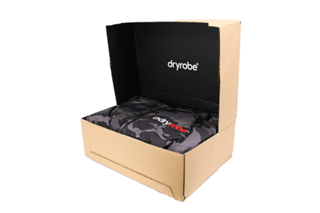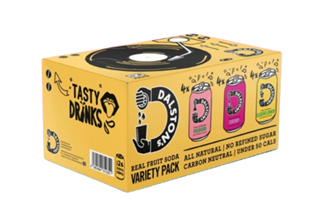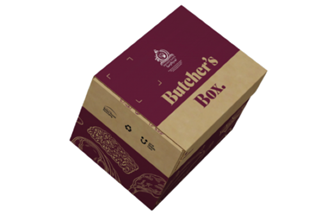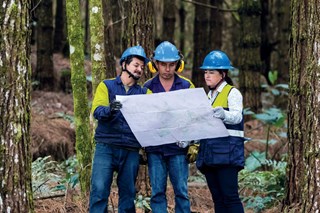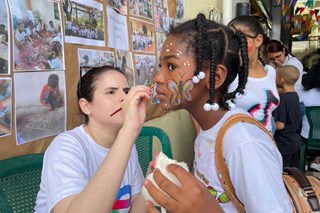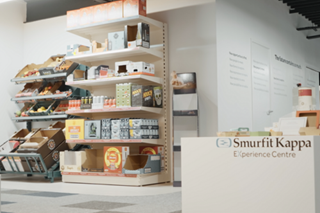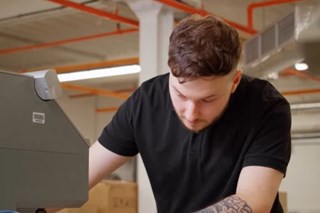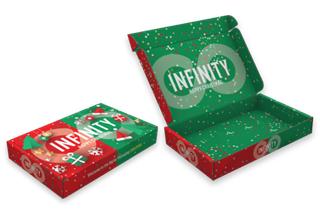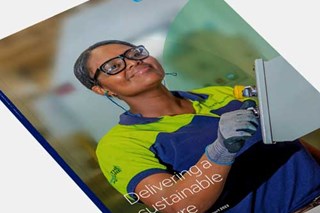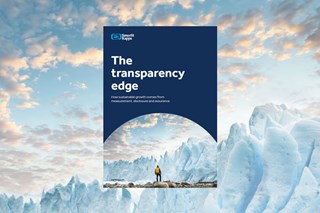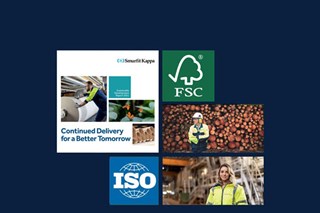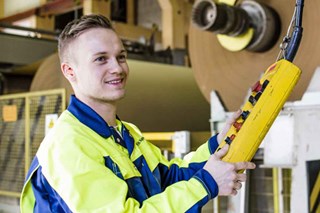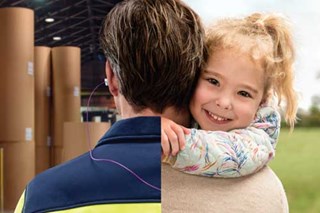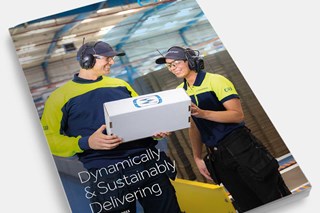The Challenge
Biobest is one of the world's leading companies in biological control of pests and diseases and natural pollination. With sustainability at the heart of Biobest’s mission, the challenge was to create a more sustainable packaging solution for the transportation of live insects and mites, replacing their existing Expanded Polystyrene (EPS) solution. The solution would be transporting live bumblebees and so firstly, it needed to be insulated to keep the bees warm in cold conditions, and secondly, it needed to be moisture resistant as boxes are often kept outside for long periods of time by its customers.
Our Approach
Using only paper-based materials, which are renewable, recyclable, and biodegradable, our packaging experts worked collaboratively to rise to the challenge. The outer box is made of corrugated board using a special water-resistant coating which is added to it during the manufacturing process. Unlike many other coatings, this does not compromise the recyclability of the product and can be recycled in the same way as standard paper-based packaging. Inside the box, we added Honeycomb fitments to provide the required insulation and strength.
A series of tests were undertaken to ensure the pack would perform as expected. We firstly conducted a material-only test to see if the pack could survive 6-8 weeks outside in humid conditions. During this test, weights were added on top of the boxes so water puddles could form, challenging the pack's resistance to water. This was then followed by a field test where we exposed the box to more challenging outdoor conditions in Finland.

The Results
The 100% paper-based solution successfully passed all tests, providing the necessary insulation and strength to successfully transport and house the bees. The water-resistant coating performed impressively with many packs lasting outside much longer than the required 6-8 weeks. Peter van Leent, Sustainability Manager at Biobest commented “Sustainability is one of our core values and we wanted to replace the EPS solution with a more sustainable material. Working collaboratively with Smurfit Kappa we have achieved this, which I think is remarkable. We’re now looking how we can extend this solution to other live insects and mites”.

